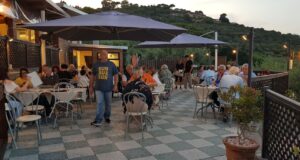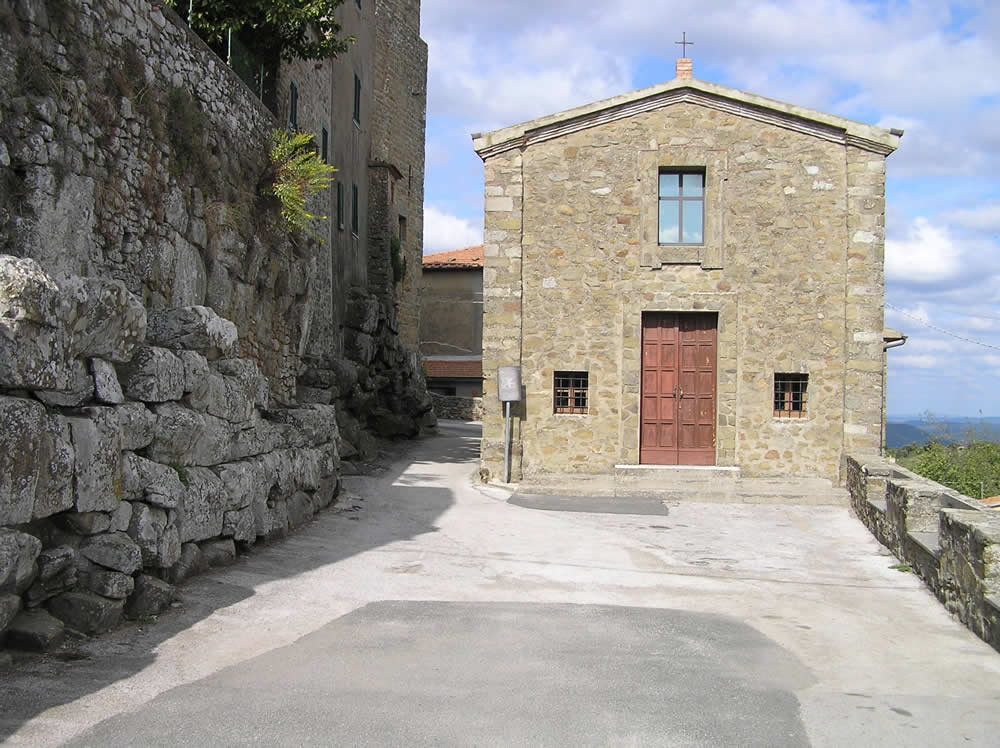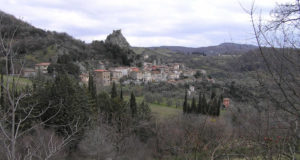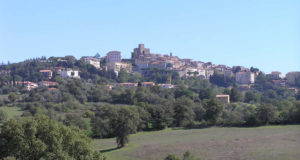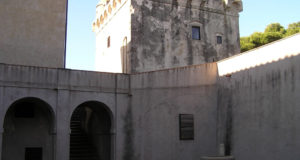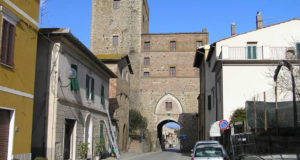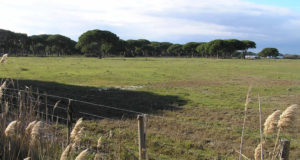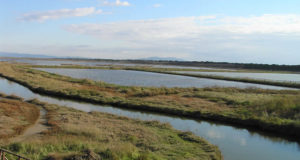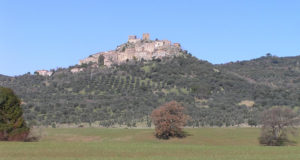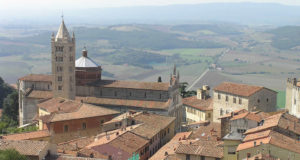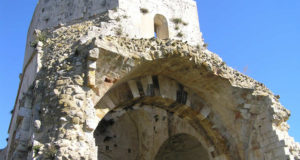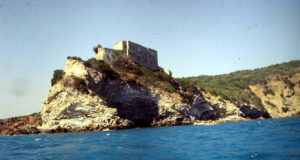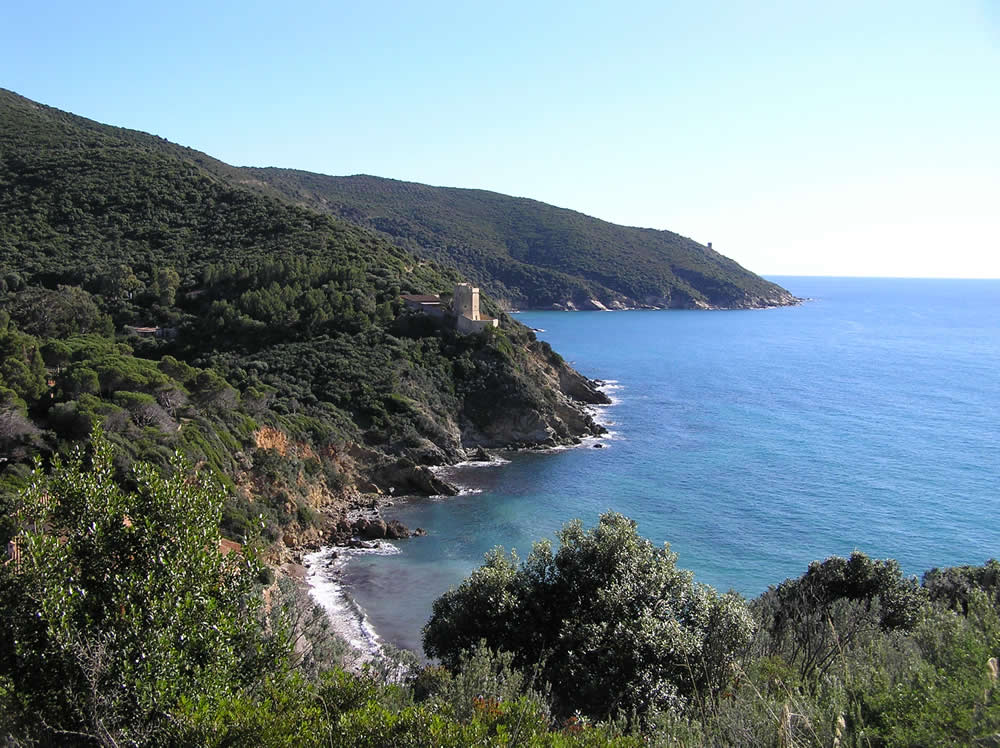The Roman colony of Cosa (Ansedonia) was founded in 273 BC. This colony was built in a strategic position on a hill overlooking the Tyrrhenian coast south of the Argentario. The colony was fortified with massive walls. The inhabited area was built later, since the precedence was given to the fortifications and public buildings.
On the top of the hill was the “arx”, the religious center, with the “Capitolium”, the temple dedicated to Jupiter-Juno-Minerva, symbol of the state religion of the time. In the lower part there was instead the “Piazza del Foro”, with the center of the political activity of the city. The city of Cosa was very important in the 3rd and 2nd century BC. when the port was significantly expanded and commercial traffic increased.
The “Portus Cosanus” was built at the foot of the city. The whole port area was equipped with important structures cut into the living rock, one of these high Roman engineering works is the famous “Tagliata” popularly erroneously called Etruscan.
In the following centuries Cosa gradually lost its importance probably due to the raids of pirates and the gradual silting up of the port. The city was almost completely depopulated during the Late Empire era. In the Middle Ages fortifications were built there, which changed hands several times, finally in 1330 the Sienese completely destroyed what remained of Ansedonia.
THE TAGLIATA AND THE SPACCO DELLA REGINA
Of the ancient Roman city today there are imposing ruins, with the remains of buildings and roads, only partially excavated, most of the city is still to be discovered. Along the sea you can see the Tagliata, an artificial crack in the rock made by the Romans to avoid silting up the port, and the more ancient Spacco della Regina, a mixture of natural and human work that had similar functions to the Tagliatas. The remains of the port and docks are partially submerged in the sea.
Along the beach is the 15th-century tower of the Tagliata, next to which are the remains of a Roman villa. Inland, not far from the ruins of Cosa, there are other Roman villas, the most important of which is the Villa di Settefinestre dating back to the 1st and 2nd century AD.
 Borghi di Toscana Guida ai borghi e ai paesaggi della Toscana
Borghi di Toscana Guida ai borghi e ai paesaggi della Toscana
